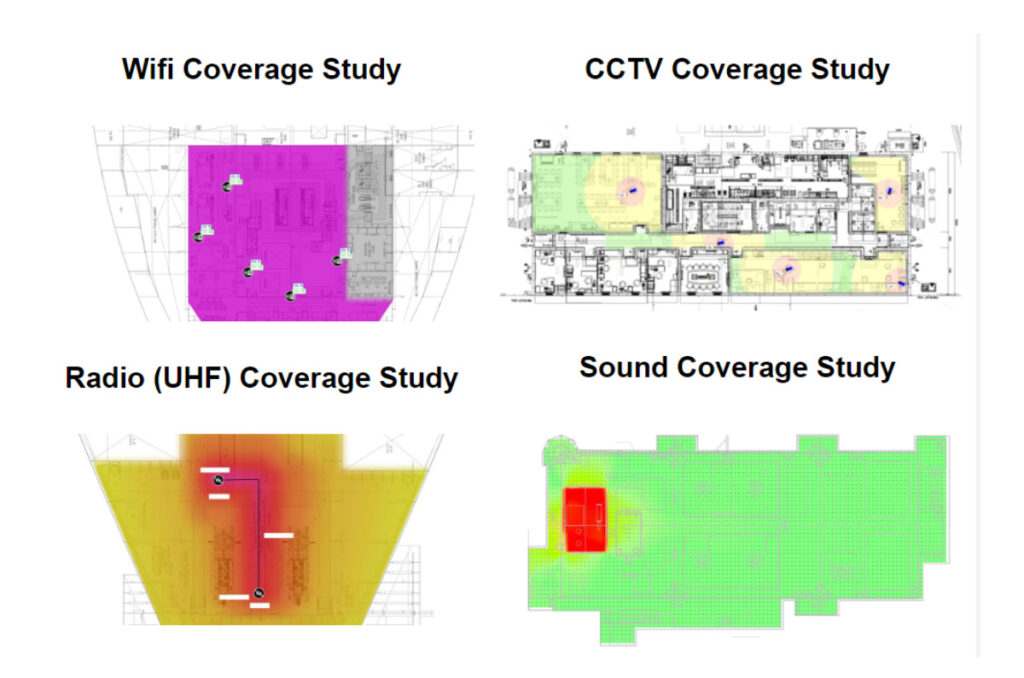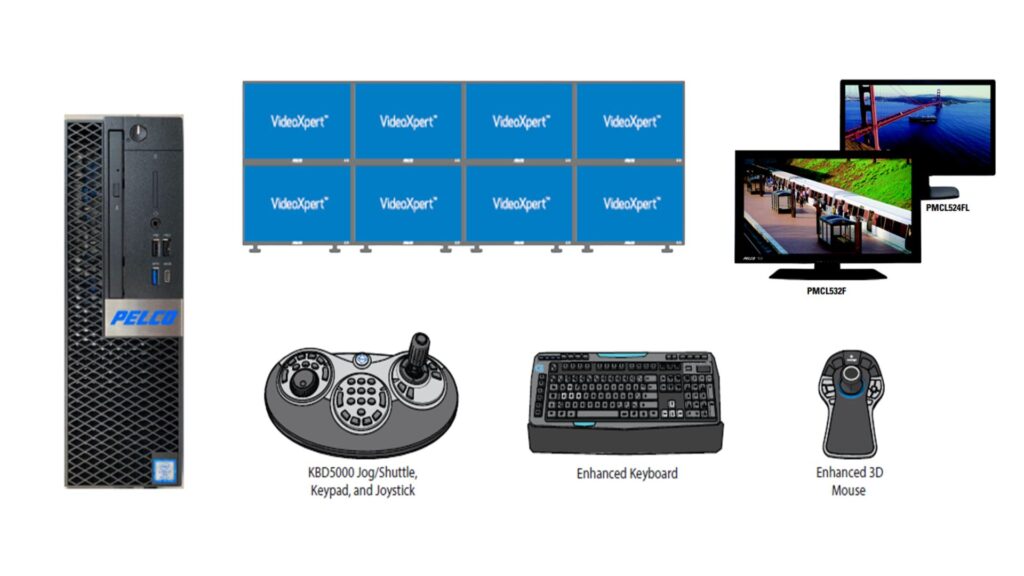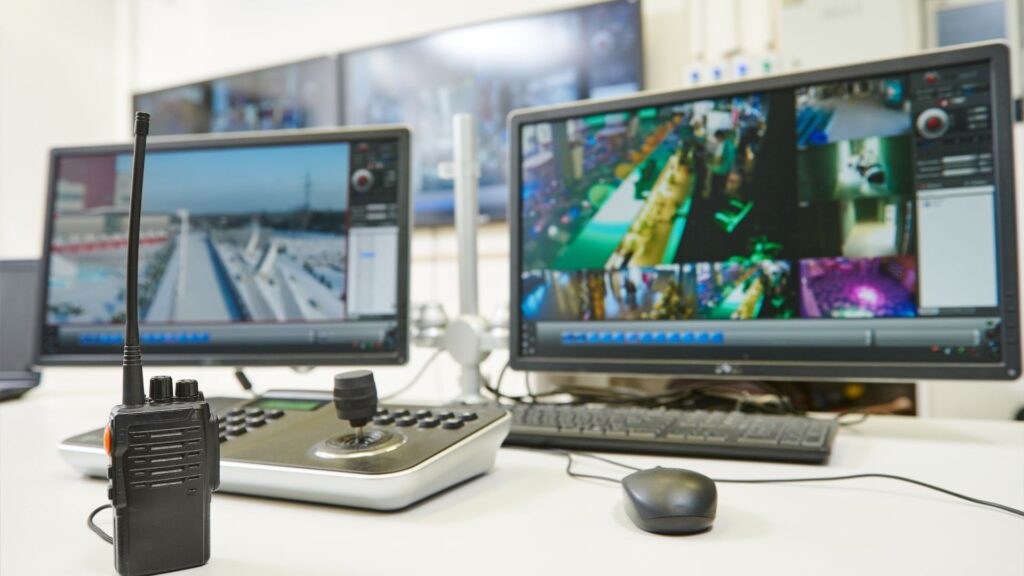Conducting coverage studies for CCTV systems on FPSO vessels is a proactive approach towards enhancing security measures. In the maritime industry, security is paramount, especially on FPSO vessels, which are often deployed in remote and challenging environments. With the evolving threats to maritime assets, implementing effective CCTV systems is crucial for maintaining safety and security.
Understanding the Importance of CCTV Coverage Studies
CCTV systems serve as the eyes and ears of security operations on FPSO vessels. They provide real-time monitoring, surveillance, and recording capabilities to detect and deter security breaches, safety hazards, and operational anomalies. However, the effectiveness of CCTV systems largely depends on the adequacy of their coverage.
Conducting coverage studies involves meticulous planning, analysis, and deployment strategies to ensure comprehensive surveillance across critical areas of the FPSO vessel. These studies help identify blind spots, optimize camera placement, and enhance the overall security posture of the vessel.

Key Considerations for Conducting Coverage Studies
Risk Assessment
Before conducting coverage studies, it’s essential to perform a comprehensive risk assessment to identify potential security threats, vulnerable areas, and critical assets onboard the FPSO vessel. Understanding the operational environment and potential security risks enables stakeholders to prioritize surveillance needs and allocate resources effectively.
Regulatory Compliance
Compliance with industry standards, regulations, and guidelines is imperative for maritime security. Conducting coverage studies in accordance with regulatory requirements ensures that CCTV systems meet the necessary standards for surveillance, data retention, and privacy protection.
Site Survey and Mapping
Conducting on-site surveys and mapping critical areas of the FPSO vessel provide valuable insights into the physical layout, operational dynamics, and security vulnerabilities. By assessing sightlines, obstructions, lighting conditions, and environmental factors, stakeholders can develop optimal camera placement strategies to maximize coverage and minimize blind spots.
Technology Selection
Selecting the appropriate CCTV technology and equipment is pivotal for achieving effective surveillance coverage. Factors such as camera resolution, field of view, night vision capabilities, weather resistance, and remote monitoring capabilities should be carefully evaluated to meet the specific security requirements of FPSO vessels.
Integration with Security Infrastructure
Integration of CCTV systems with existing security infrastructure, such as access control systems, alarms, and emergency response protocols, enhances situational awareness and incident response capabilities. Seamless integration enables real-time monitoring, event detection, and coordination of security personnel to mitigate potential threats effectively.
Get the Right Team
Team Vivo Asia has successfully completed several CCTV coverage studies for FPSO clients around the world. We are well-versed in industry specifications and offer accurate and efficiency CCTV coverage studies.
By leveraging risk-based assessments, advanced technologies, and industry best practices, stakeholders can optimize surveillance coverage, mitigate security risks, and safeguard critical assets onboard FPSO vessels


